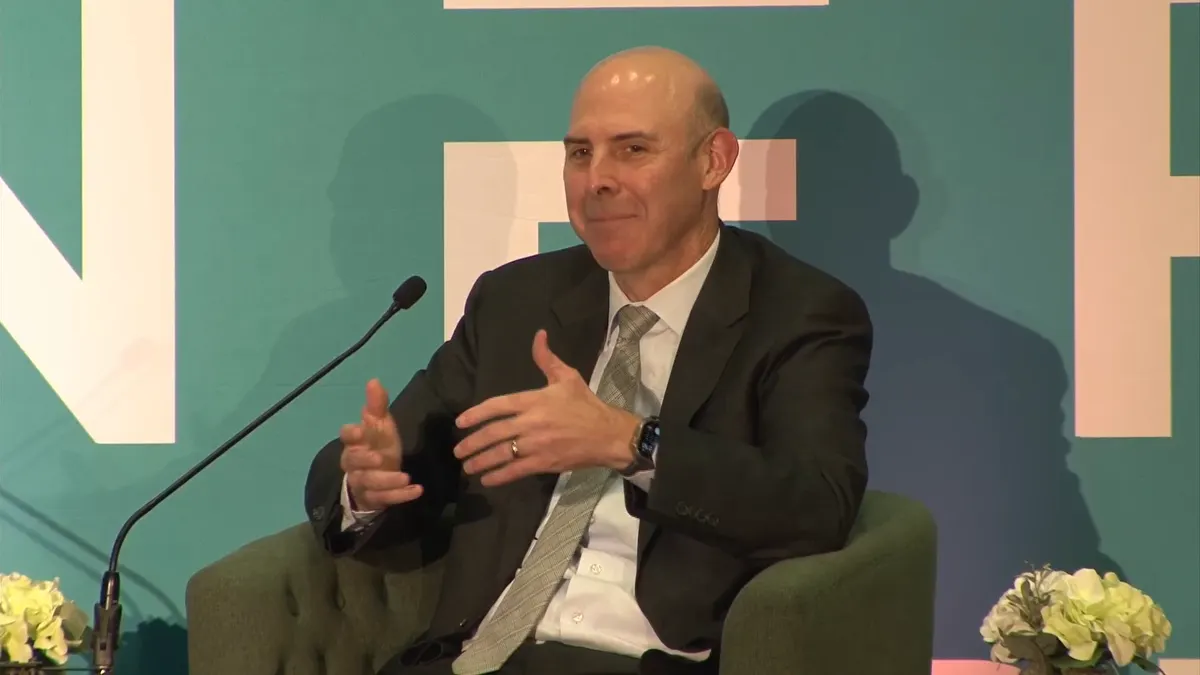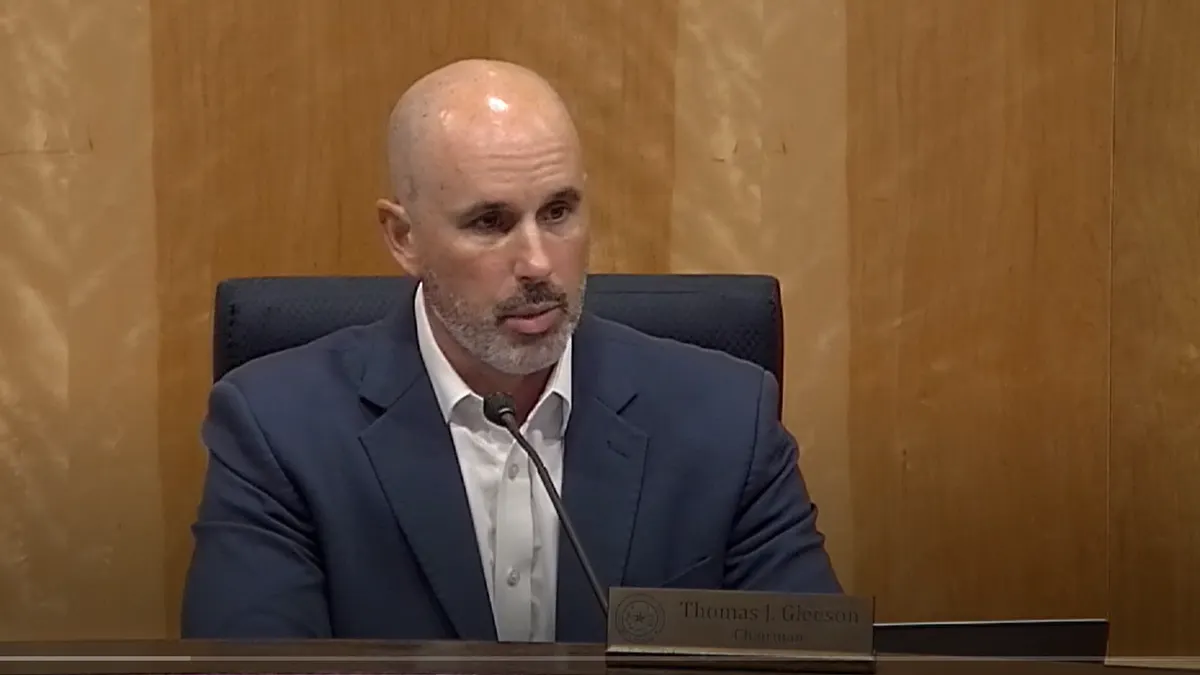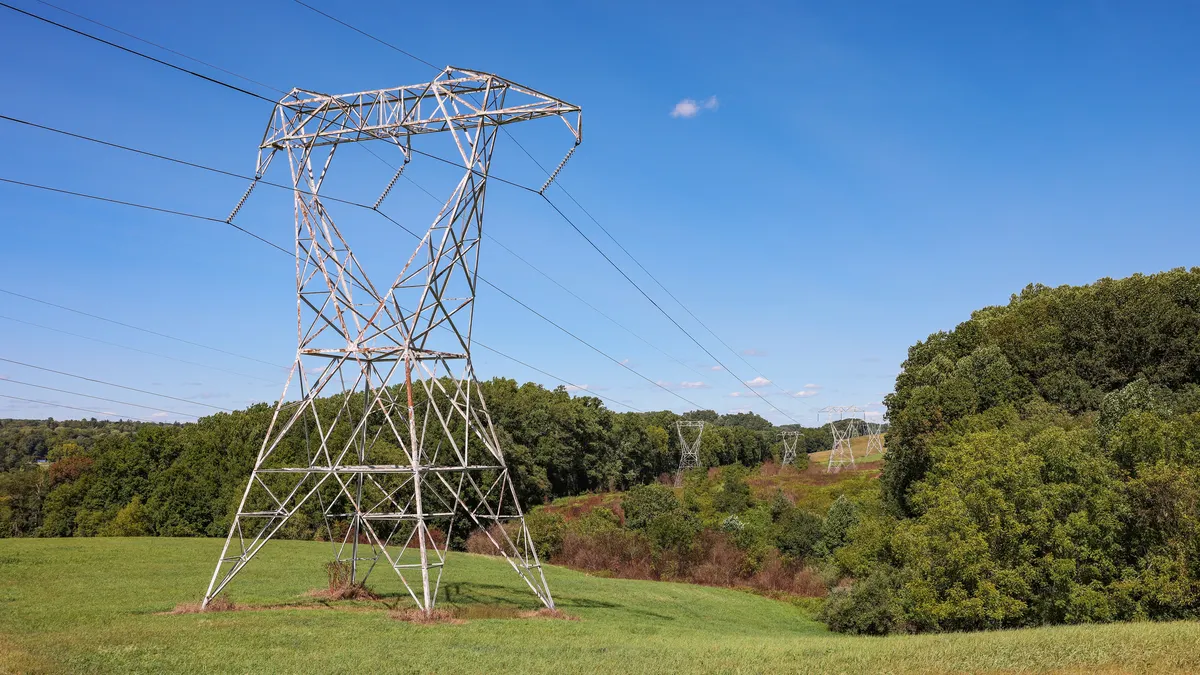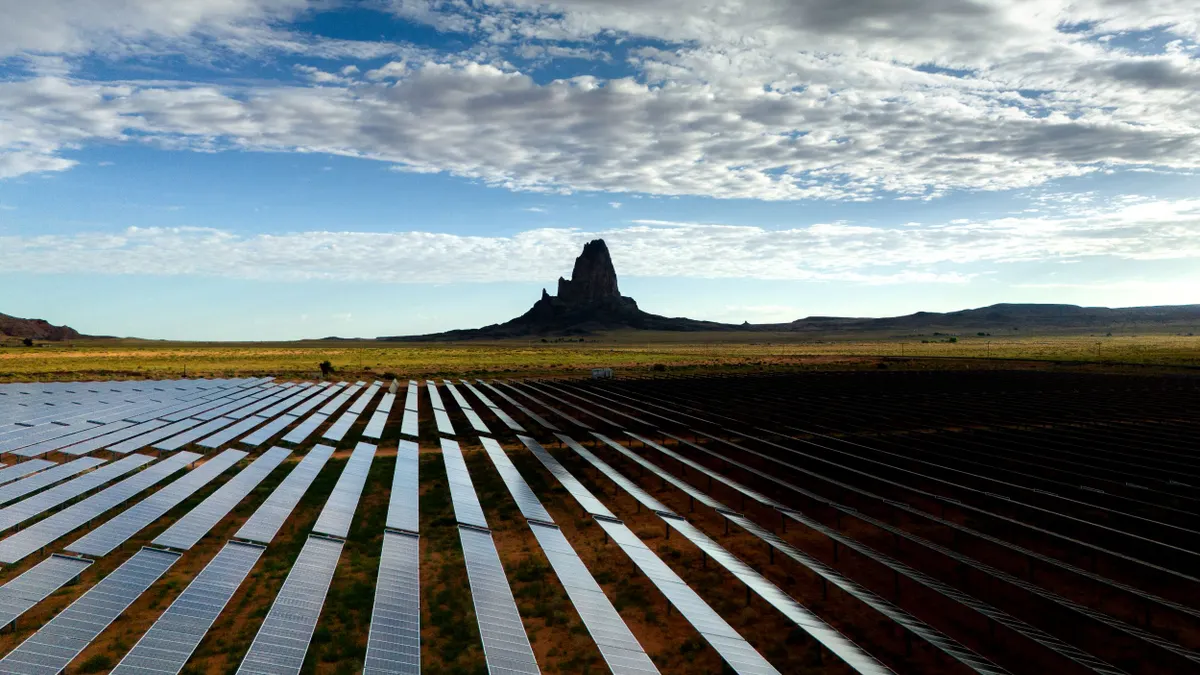The following is a contributed article by Seth Hilton, partner at Stoel Rives.
There has been considerable debate over the past week about the causes of California’s rolling blackouts. Many have taken the opportunity to blame California’s focus on renewable power, though according to Steven Berberich, the CEO of the California ISO ("CAISO"), "renewables are really not a factor" in the outages, "it’s simply a matter of raw capacity."
The causes of the rolling blackouts on August 14 and 15 may be numerous and complex, but few of those reasons have anything to do with California’s shift to more renewable generation. Fundamentally, the challenges faced by CAISO this past week and a half were significantly exacerbated by climate change. California, and the rest of the western United States, were impacted by an unprecedented heat storm that saw record-breaking temperatures across the West. This heat wave drove high load, including air conditioning load that may have been exacerbated by COVID-19 restrictions confining many people to their homes.
The fact that this was a west-wide heat wave, rather than limited to California, also impacted the imported power available to CAISO. Historically, California has leaned on imports during high demand. However, as balancing authority areas throughout the West experience the impacts of climate change and increase reliance on renewables in response, the amount of imports available to California has declined significantly.
CAISO scheduled a Board of Governors meeting on August 17, 2020, for a briefing on system conditions, including the August 14 and 15 rolling blackouts. CAISO staff provided a detailed sequence of events that are helpful for understanding the outages.
On August 14 at 2:56 p.m., CAISO lost 475 MW of gas-fired generation. At 3:20 p.m., forecasting a shortage of energy for the next few hours, CAISO declared a Stage 2 emergency. As solar generation began to decline as the sun set, at 6:36 p.m., CAISO was forced to declare a Stage 3 emergency and order 500 MW of load shed. Ten minutes later, it ordered an additional 500 MW of load shed. Slightly more than an hour later, the crisis was past, and at 7:56 p.m., CAISO ordered all load to be restored.
On August 15, from 4:10 p.m. to 5:10 p.m., wind generation increased quickly, requiring other generation to back down, and then from 5:10 p.m. to 6:05 p.m., wind generation fell off quickly, requiring other generation to ramp back up. While CAISO was addressing those ramps, a 400 MW generator ramped down quickly, at 6:13 p.m. Shortly thereafter, at 6:25 p.m., CAISO was required to order 470 MW of load shed. At 6:47 p.m., however, CAISO was able to order load to be restored.
For renewable resources, solar performed exactly as expected. While CAISO must contend with large ramps as solar generation comes off the system in the evening, CAISO has been focused on addressing these challenges for years; CAISO coined the term the "duck curve" to describe these challenges back in 2012. Wind generation variability also had a part in CAISO’s challenges on Saturday, August 15, but fluctuations in wind generation are also not unexpected, especially during extreme weather events. And, while renewable generation skeptics like to point to gas generation as the solution, gas generation-forced outages also played a role in the rolling blackouts.
Ultimately, CAISO must have sufficient reserve capacity to manage these types of contingencies — variability in wind generation, solar generation dropping off as the sun sets, and gas generators suffering forced outages. The problem, as Mr. Berberich noted on August 17, was and is simply a matter of raw capacity — CAISO did not have sufficient capacity to meet the high load resulting from the west-wide heat wave.
The retirement of older, gas-fired generation (and the unplanned retirement of the San Onofre Nuclear Generation Station) has had a significant impact on the capacity available to CAISO. In 2010, the California State Water Board adopted regulations requiring that generation using marine water for cooling (once-through-cooling or "OTC") be phased out over the next 10 years due to the impacts on marine life. These regulations impacted 16 power plants located within CAISO, representing about 18,000 MW.
Ever since the OTC regulations were adopted, however, the California Public Utilities Commission ("Commission") has attempted to plan for these retirements, including replacing the aging gas plants with more flexible, combined-cycle gas-fired generation. In 2014 and 2015, the Commission approved power purchase agreements for over 2,600 MW of new gas-fired generation. More recently, in November 2019, the Commission directed procurement of an additional 3,300 MW of capacity to come online in 2021 through 2023, and recommended that the California State Water Board extend the OTC deadlines for approximately 3,750 MW of generation, to provide California more time to work through the transition.
CAISO pointed out last week that it has been telling the Commission for years that additional procurement was needed. In comments submitted to the Commission in August 2019, CAISO identified operational deficiencies of up to 2,300 MW in 2020, with the deficiencies increasing in 2021 through 2022. To be fair to the Commission, however, it must not only ensure that the load serving entities under its jurisdiction procure sufficient capacity, it must also ensure that those resources are procured in a cost-effective manner, and ensure just and reasonable rates for California ratepayers.
If the problem is simply one of insufficient capacity, however, retreating from California’s climate goals is not the solution. The good news is that there are many potential solutions to California’s capacity needs. Energy storage, and overbuilding renewables to charge that storage, for example, can and should be part of the solution. Demand response is another part of the solution — conservation measures helped CAISO avoid outages on August 17 and 18. As California suffers through yet another devastating fire season, we must continue to move forward with our clean energy goals.




















